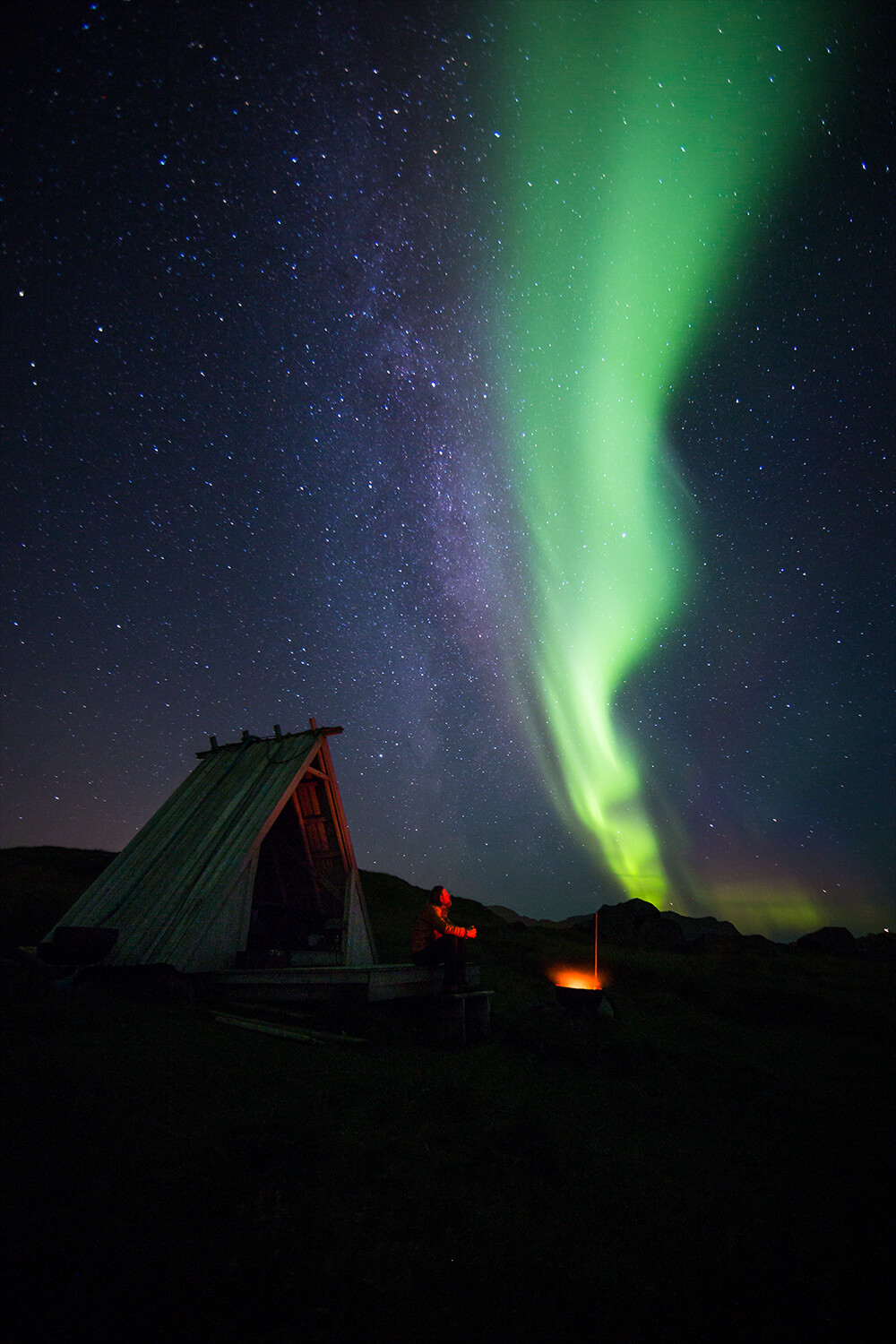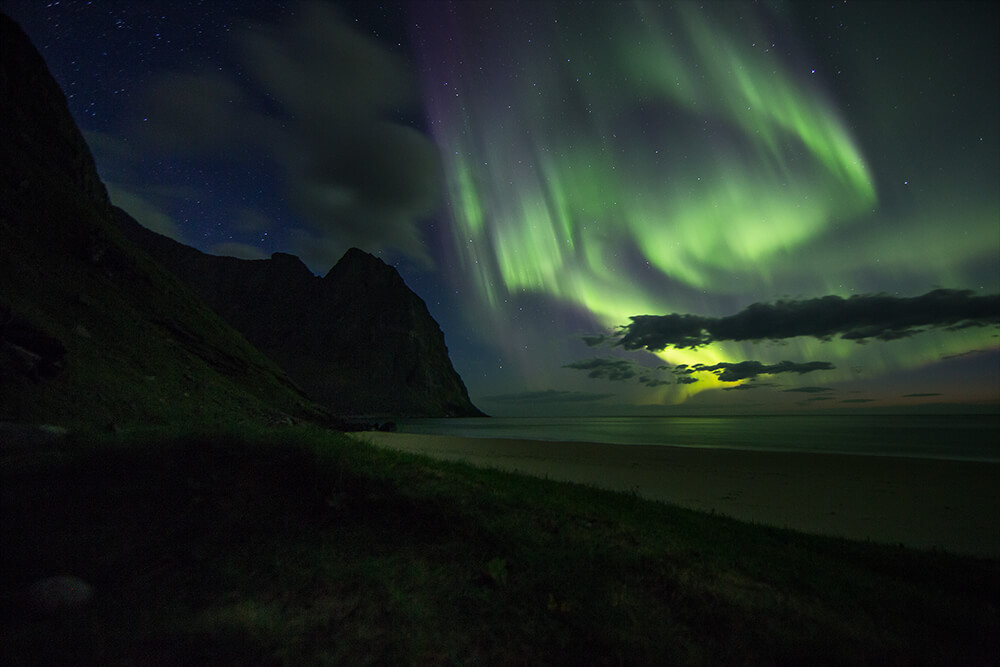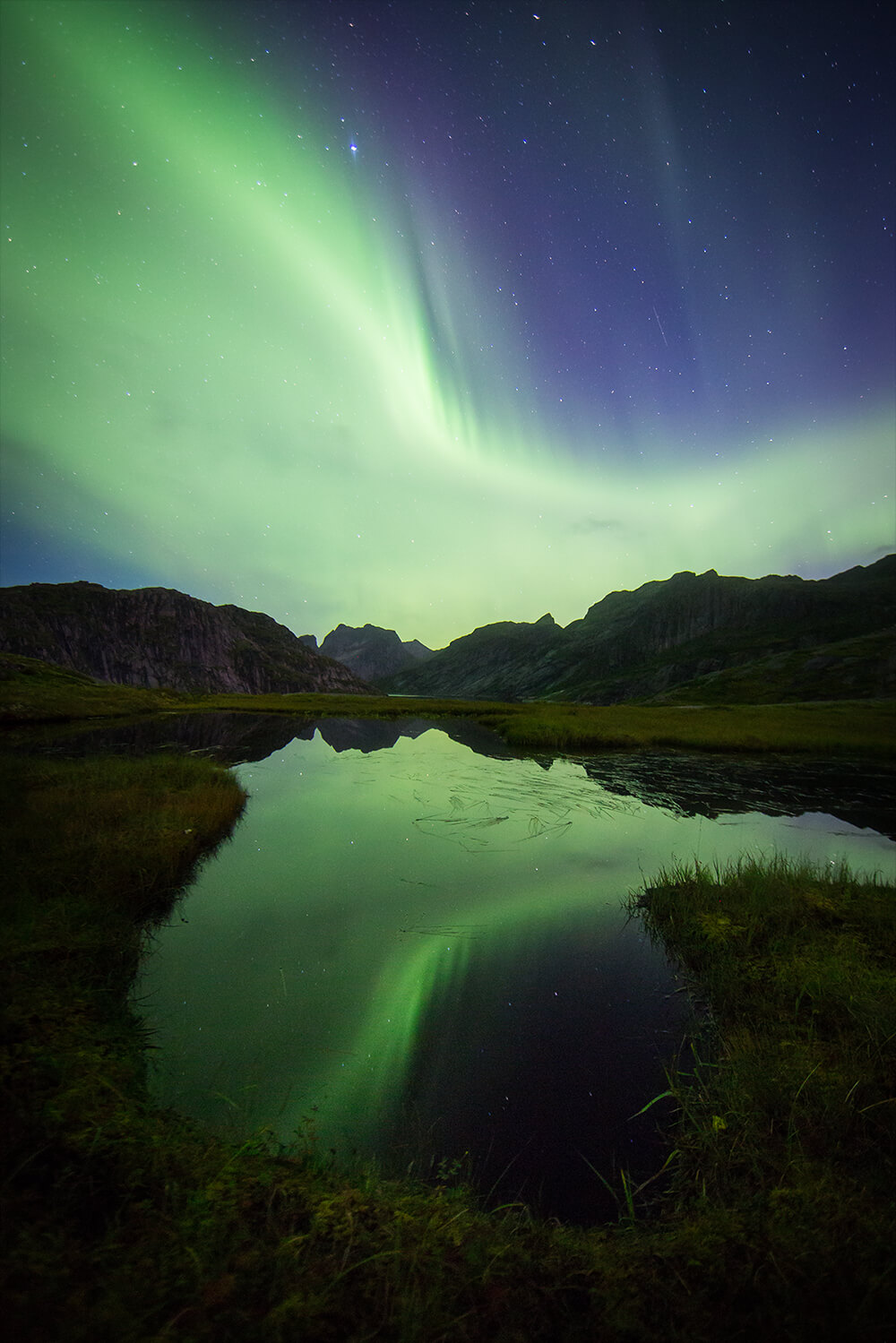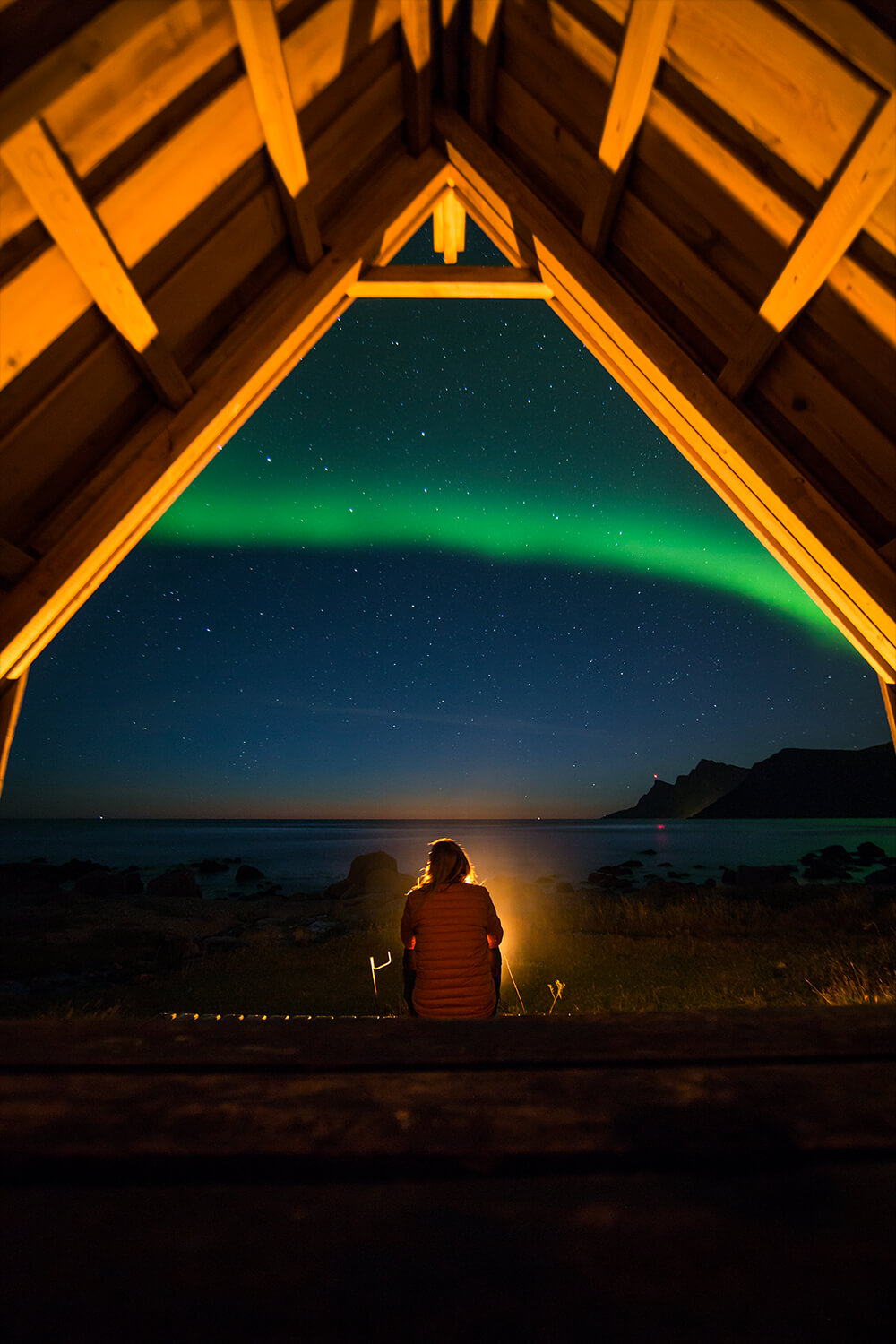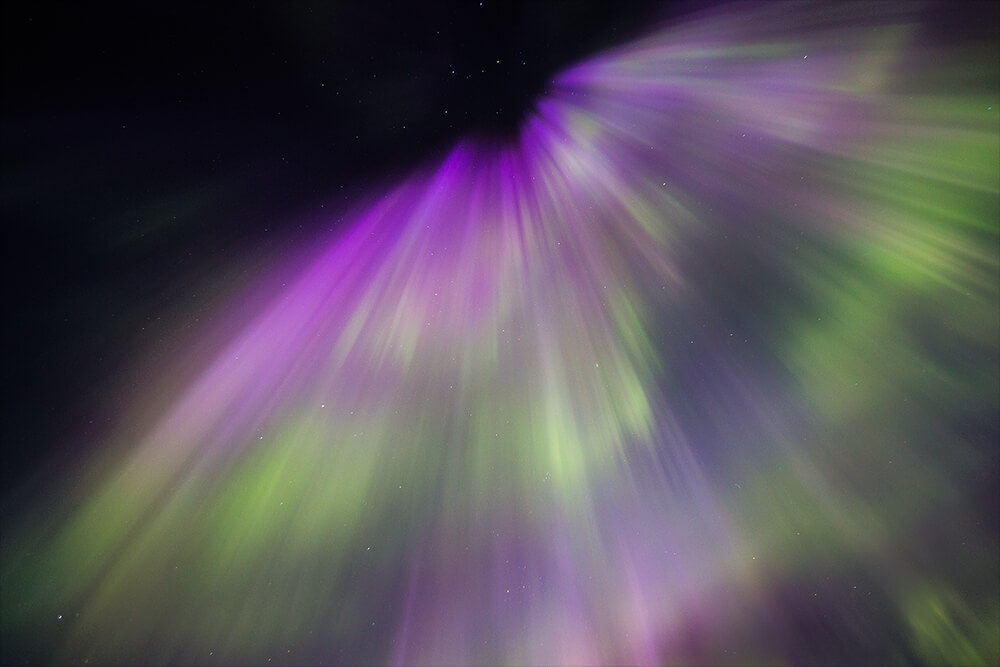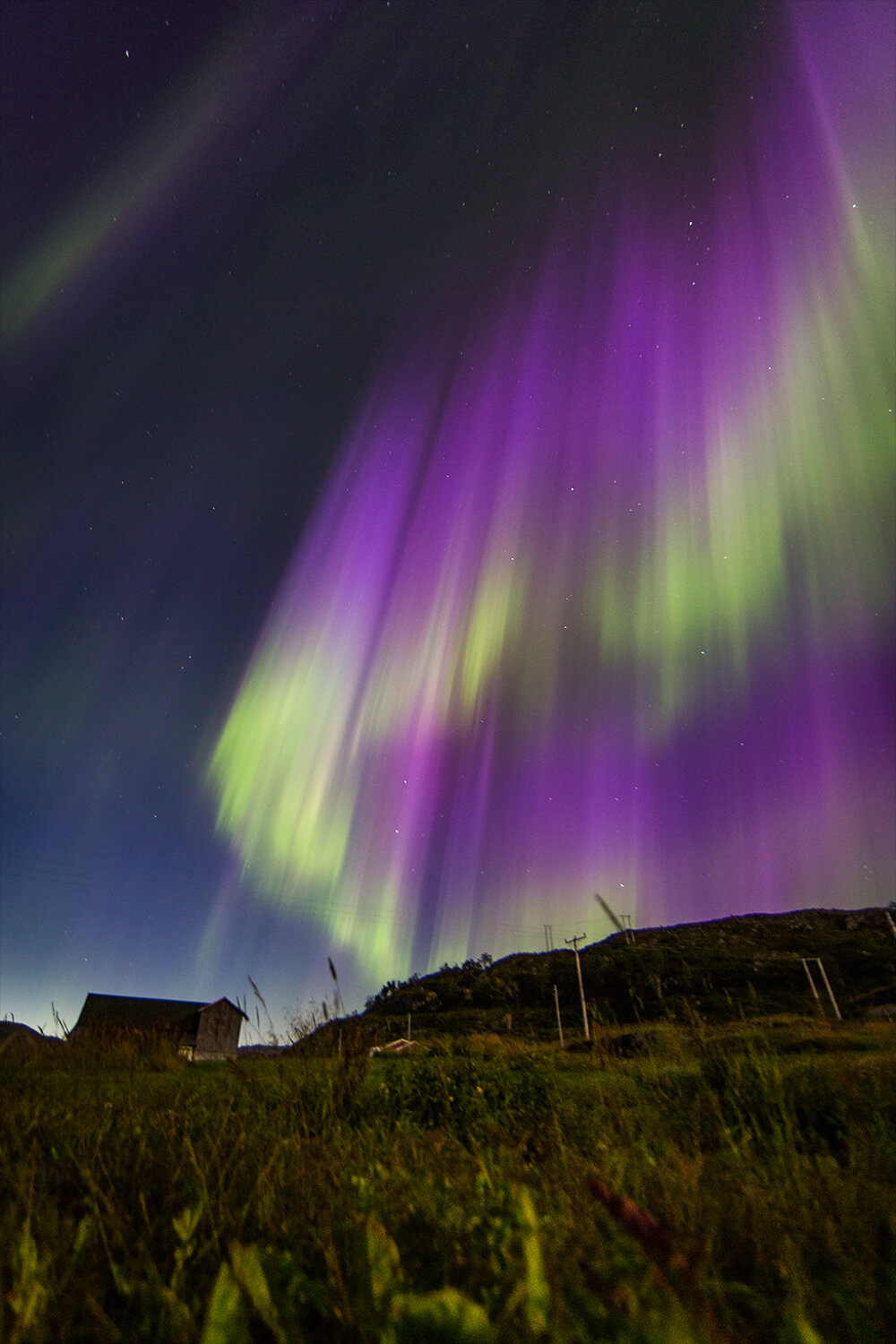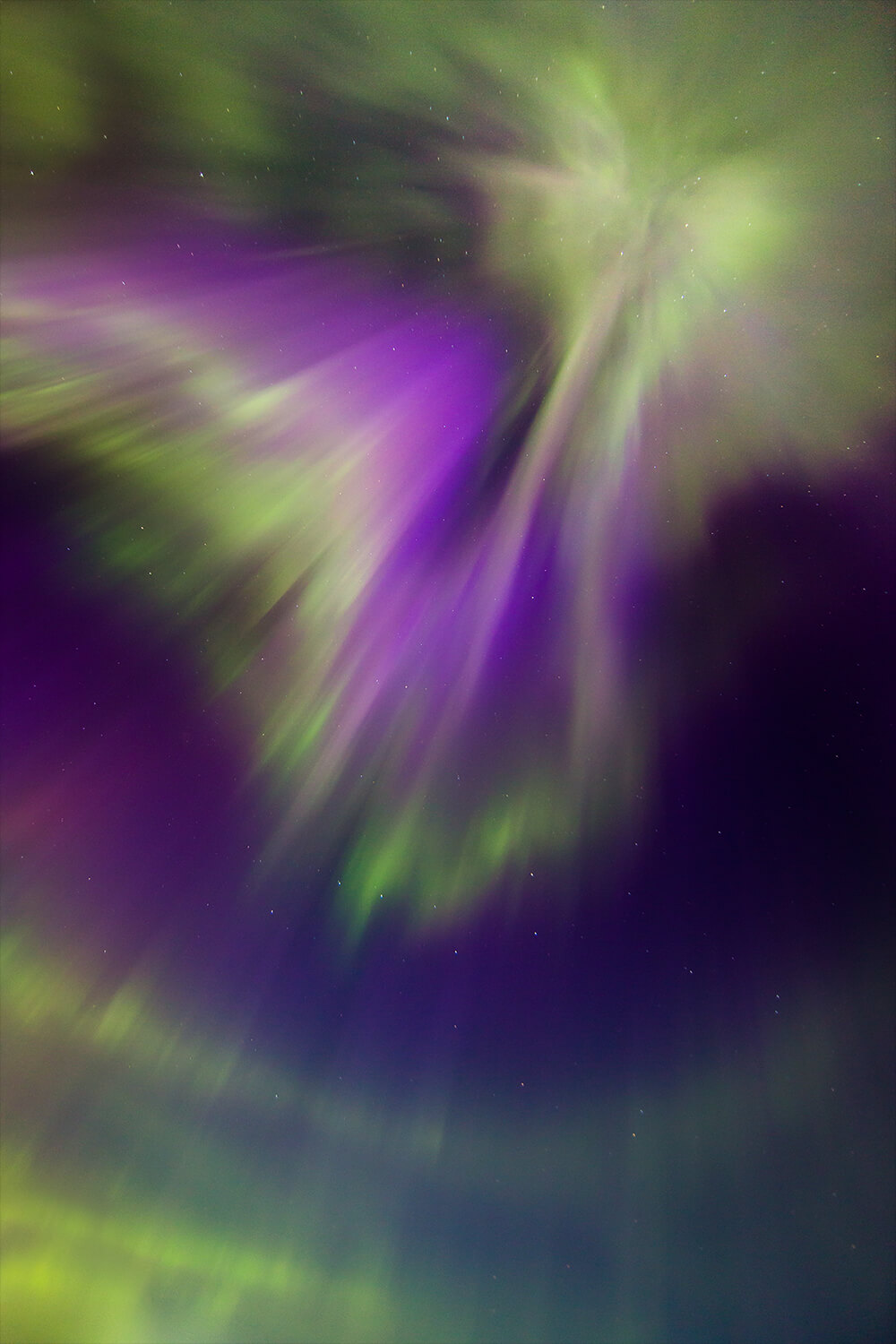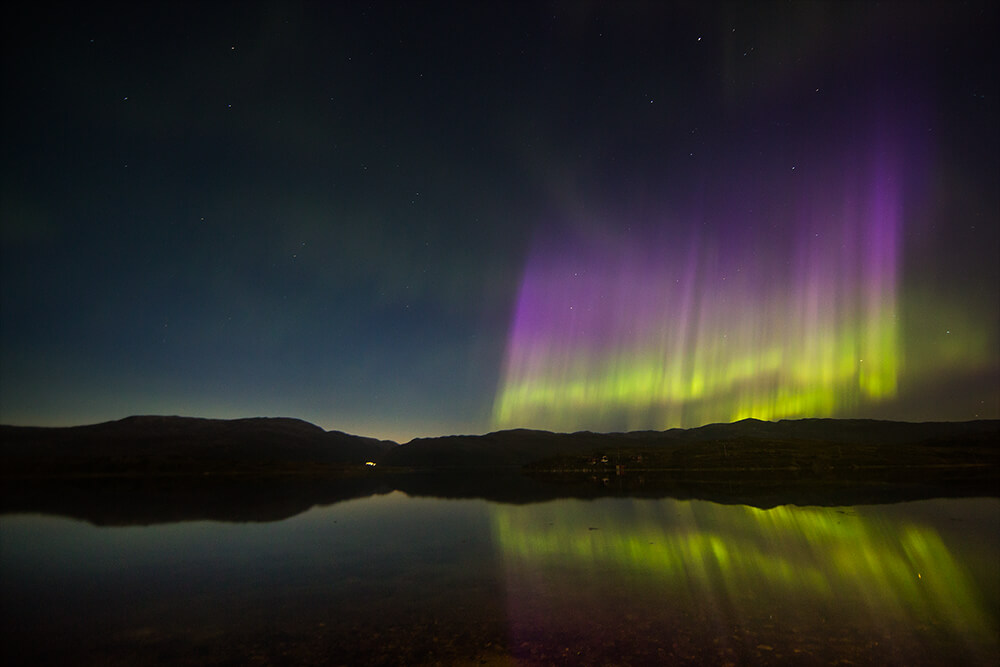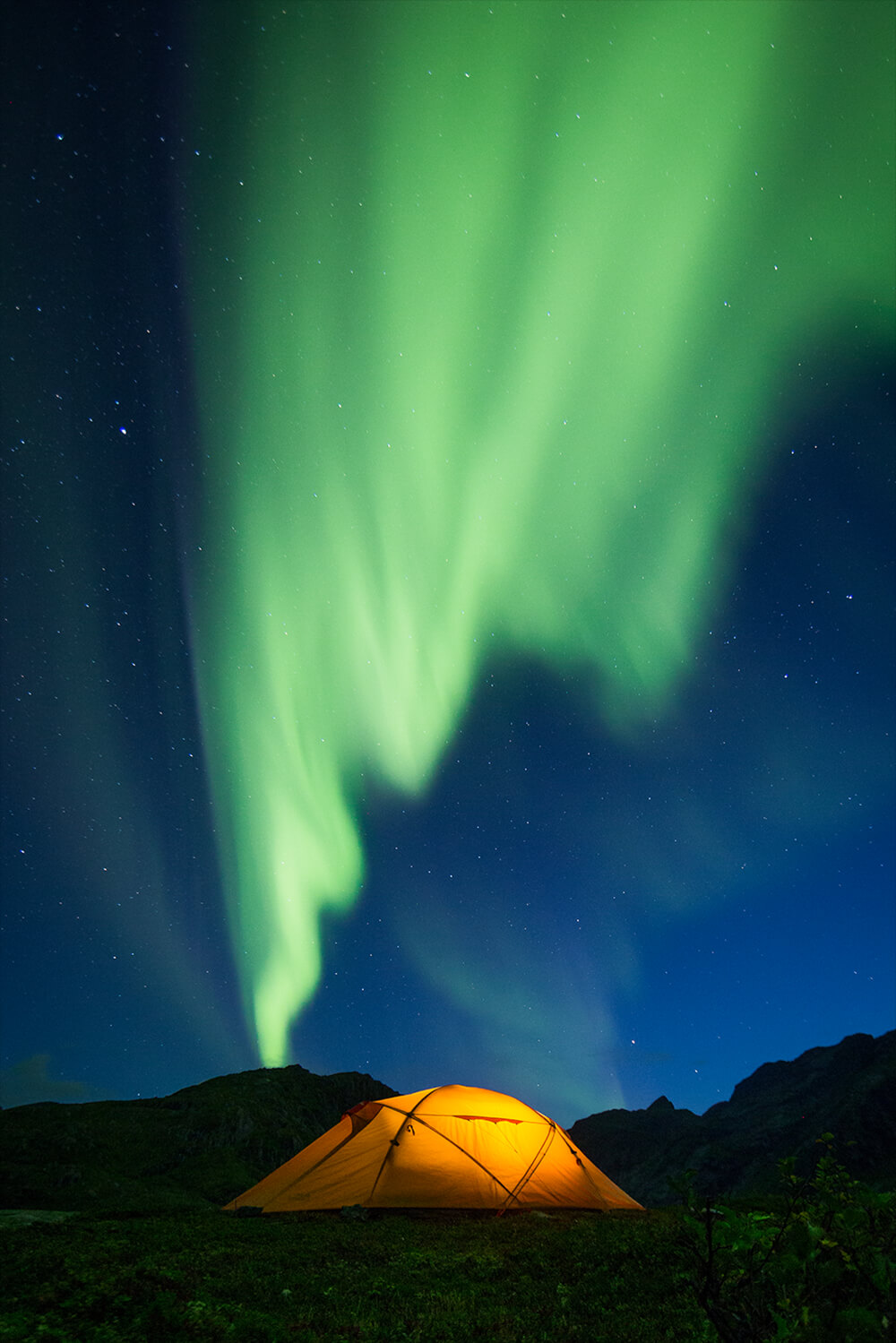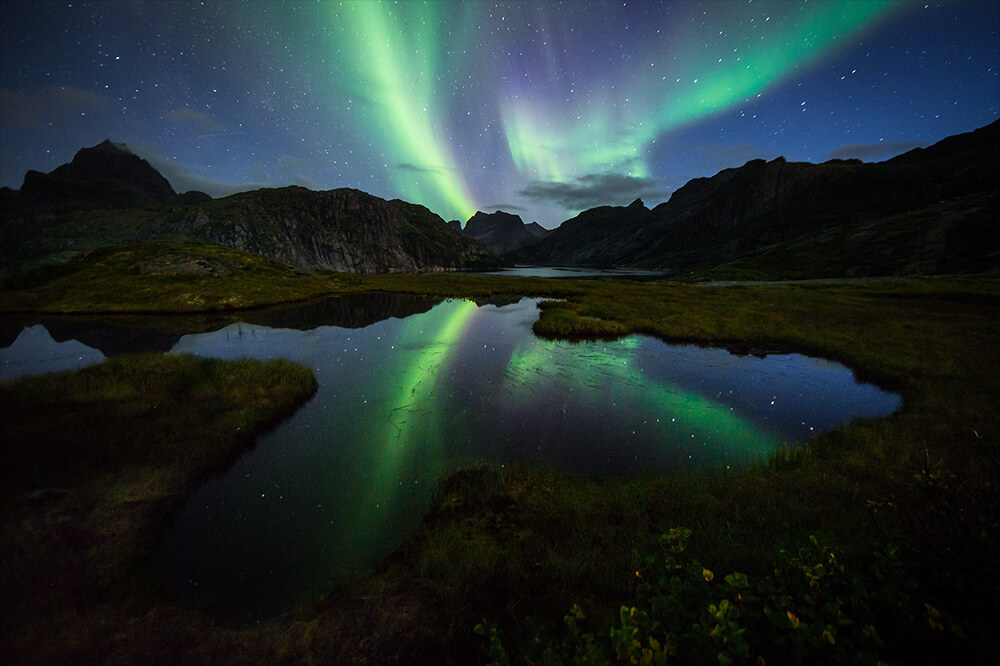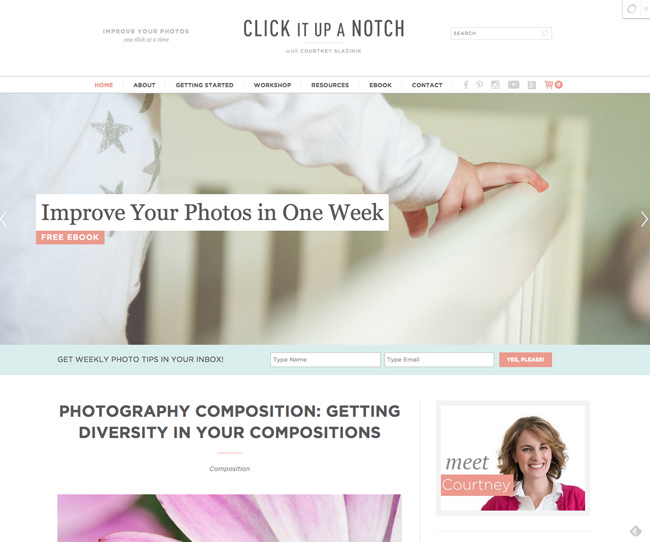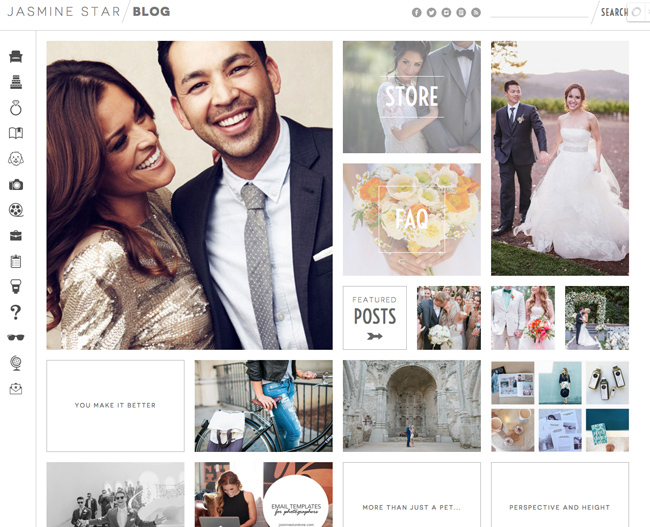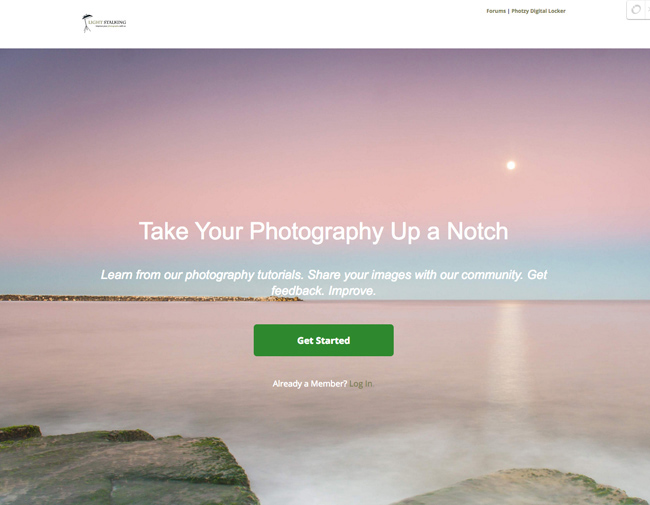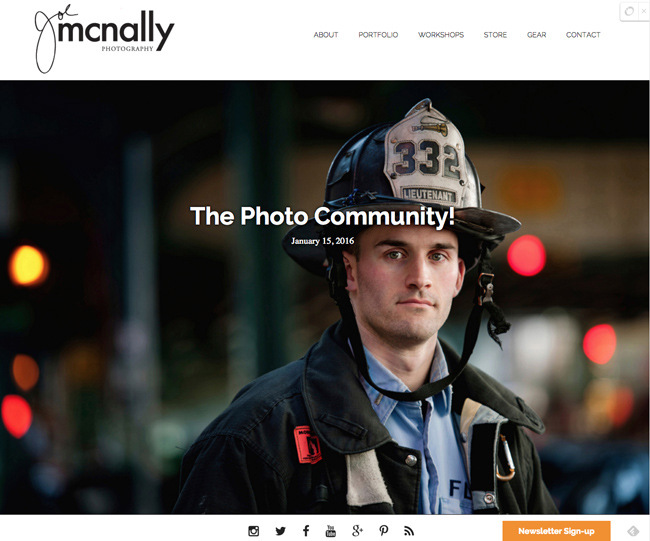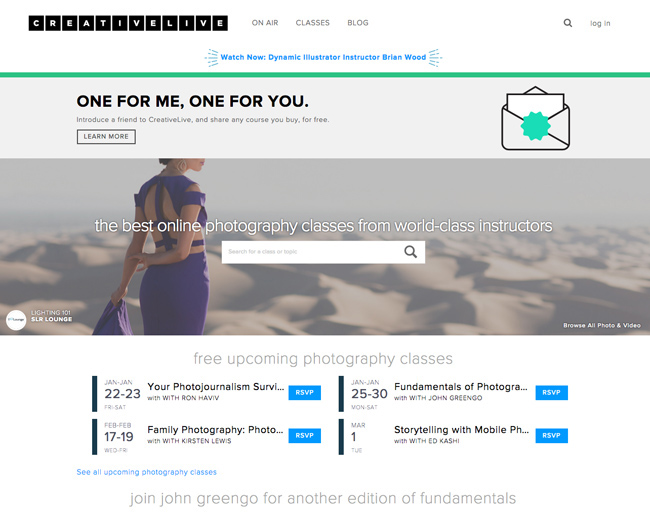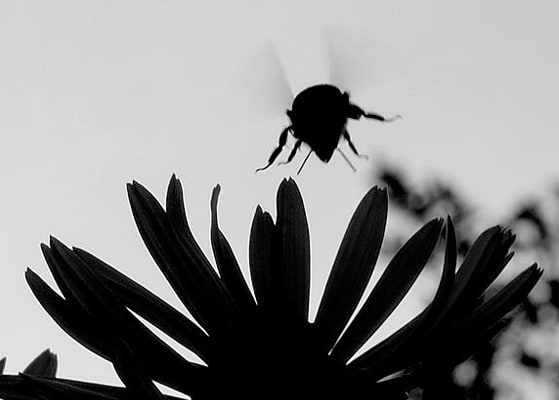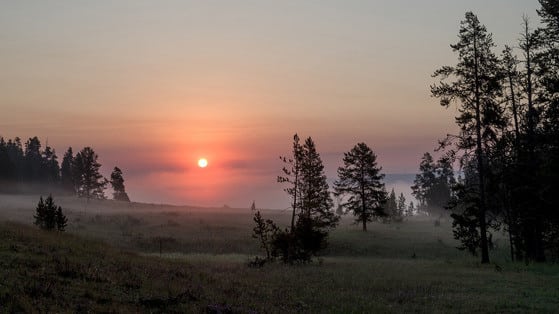 Lisa Clarke
Lisa Clarke
40 Tips to Take Better Photos
“How do I take better photos?”
I was extremely lucky to have many talented and generous
photographers take me under their wing to show me the ropes. Without
their valuable advice there is no way I would have become the
photographer I am today.
Ironically, the number one question I now get asked as an Open producer is “How do I take better photos?”
So along with some tips that I’ve picked up over the years, I’ve
recruited some outstanding snappers across Australia to share their own
secret techniques about how they take their photos to the next level.
1. Get in close
It was the famous photojournalist
Robert Capa
who once said “If your photographs aren’t good enough, you’re not close
enough.” He was talking about getting in amongst the action. If you
feel like your images aren’t ‘popping’, take a step or two closer to
your subject. Fill the frame with your subject and see how much better
your photo will look without so much wasted space. The closer you are to
the subject, the better you can see their facial expressions too.
2. Shoot every day
The
best way to hone your skills is to practice. A lot. Shoot as much as
you can – it doesn’t really matter what. Spend hours and hours behind
your camera. As your technical skills improve over time, your ability to
harness them to tell stories and should too.
Don’t worry too much
about shooting a certain way to begin with. Experiment. Your style –
your ‘voice’ – will emerge in time. And it will be more authentic when
it does. — Leah Robertson
Leah Robertson is a super talented Melbourne based photographer
and videographer, specialising in music and documentary photography.You
can see her work here.
3. See the light
Before you raise your camera, see where the light is coming from, and
use it to your advantage. Whether it is natural light coming from the
sun, or an artificial source like a lamp; how can you use it to make
your photos better? How is the light interacting with the scene and the
subject? Is it highlighting an area or casting interesting shadows?
These are all things you can utilise to make an ordinary photo
extraordinary.
4. Ask permission
When photographing people, especially while in countries with
different cultures and languages, it can be hard to communicate. In
certain countries if you photograph someone you are not ‘supposed’ to
photograph, it can get ugly and rough very quickly if you are not
careful. So out of respect you should always ask permission.
I have
started shooting a series of school children in Pakistan. These are all
posed portraits and they are looking down the lens. My guide helps me
with the language and I limit myself to smiling, shaking hands, giving
‘hi-five’ and showing them the image on the back of my camera once it is
done. You would be amazed how quickly people open up. — Andrea
Francolini
Andrea Francolini is a well known Italian born, Sydney based sports photographer. He is also the founder of My First School, as trust which has the aim to facilitate educations in Northern Pakistan. You can see his work here.
5. Use flash during the day
You might think that you should only use flash at night time or
indoors, but that’s not the case at all. If it is an extremely bright
day outside and the sun is creating harsh shadows on your subject,
switch on your flash. By forcing extra light onto your subject, you will
be able to fill in those ugly shadows and create an even exposure.
6. ISO
There are questions to ask yourself when deciding what ISO to use:
What time of day are you shooting?
If you are shooting outside during the middle of the day you will need
to use a lower ISO such as 100 or 200. If you are shooting at night time
without a tripod you will have to increase the ISO to a higher number
to be able to record the light on the camera’s sensor.
Will the subject be well lit? If your subject or scene is too dark you will need to use a higher ISO such as 800 or 1600.
Do you want a sharp image or an image with more movement in it?
Using a high shutter speed to capture fast movement might mean that you
need to use a high ISO to compensate. Likewise, if you’re using a slow
shutter speed to capture blur you will need a low ISO to compensate.
Don’t forget, increasing your ISO increases the grain or pixel size
in your photo. So don’t use an ISO of 3200 or 6400 if you don’t want a
photo with a lot of ‘digital noise’.
7. f/4
f/4 is my ‘go to’ aperture. If you use a wide aperture with a long
lens (200mm-400mm) you’re able to separate the subject from the
background. This helps them stand out. Works every time. — Peter Wallis
Peter Wallis is a sports photographer extraordinaire, working for The Courier Mail in Brisbane. You can see his work here.
8. You’ve got to be joking
A well timed joke will always yield a more natural smile, than simply saying “smile” — Dean Bottrell
Dean Bottrell is a Emerald based photographer who specializes in portraiture. You can see his work here.
9. Buy books, not gear
Having expensive camera equipment doesn’t always mean that you’ll
take good photos. I’ve seen some absolutely amazing images shot with
nothing more than a smart phone. Instead of having ten different lenses,
invest in some fantastic photography books. By looking at the work of
the masters, not only do you get inspired, you come away with ideas to
improve your own photos.
10. Read your camera’s manual
The best way to know what to do with your camera is to actually read
the manual. So many people miss this really important step on their
photographic journey. Every camera is different, so by reading the
manual you’ll get to know all the funky things it’s capable of.
11. Slow down
Take time to think about what is going on in the viewfinder before
pressing the shutter. How are you going to compose the shot? How are you
going to light it? Don’t jump straight in without giving it some
thought first. — Brad Marsellos
Brad Marsellos is the Wide Bay über Open producer. You can see his photos, videos and musings on life here.
12. Stop chimping (checking the photo on the back screen)
It’s a bad habit digital photographers can develop. Time and time
again I see photographers take a photograph and then look at the back of
the screen straight away. By doing that you could miss all the special
moments. You can look at your photos later. You can miss ‘the shot’ and
it affects the flow of your work, so just keep shooting! – Marina Dot
Perkins
The lovely Marina Dot Perkins is a news, travel and wedding
photographer who worked for The Canberra Times and is now based in
Newcastle.
13. Framing
This
is a technique to use when you want to draw attention to something in
your photograph. By framing a scene or a subject, say with a window or
an archway, you lead the viewer’s eye to the primary focal point.
14. Shape with light
Never shoot with the sun directly behind you. It creates boring, flat
light on the subject. If you shoot with the light source to the side or
behind the subject, you are able to shape with the light, creating a
more interesting photo. — Patria Jannides
Patria is not only a talented news photographer, she is also my
long term friend, mentor, and personal cheer squad. She even helped me
to land my first job as a paid photographer. Thanks for everything P xxx
15. Watermarks
This tip isn’t in direct relation to TAKING photos, but it does
affect the look of photos. When it comes to watermarks, the smaller the
better. And if you can avoid using them, do.
Chances are, unless you are a paid professional, there’s not much of a
chance of your photos getting nicked. But in reality, they won’t
prevent your images from getting stolen. They only distract from the
fabulous image that you’ve created, because once you’ve slapped a
watermark all over it, that’s all the viewer will be looking at. The
only way you can prevent your images from being stolen is to not publish
them on the internet.
Read Open producer Luke Wong’s blog post on watermarks
here.
16. Be present
This means make eye-contact, engage and listen to your subject. With
the eyes – lower that camera and be human. Bring the camera up for a
decisive shot. But remember to lower it, like you’re coming up for air,
to check in with your subject. Don’t treat them like a science
experiment under a microscope. Being there with your subject shows them
respect, levels the playing field in terms of power dynamics, and calms
them down. You’ll get much more natural images this way. — Heather
Faulkner
Heather
Faulkner is a photographer who convenes the ePhotojournalism major at
QCA, Griffith University. She is also the executive director of The Argus, a student-run, visual journalism online magazine. See her personal work here.
17. Shutter speed
Being aware of your shutter speed means the difference between taking
a blurry photo and a sharp photo. It all depends on what you are after.
If you are shooting a sporting event or children running around in the
backyard, you probably want your subjects to be in focus. To capture
fast action you will have to use a shutter speed over 1/500th of a
second, if not 1/1000th to 1/2000th. On the opposite end of the scale,
you might want to capture the long streaks of a car’s tail lights
running through your shot. Therefore you would change your camera’s
shutter speed to a long exposure. This could be one second, ten seconds,
or even longer.
18. Charge your batteries
This seems like a simple one, but pretty much every photographer on
the face of the planet has been caught out before. Including myself. The
trick is to put the battery onto the charger as soon as you get home
from your photo shoot. The only thing then is to make sure you remember
to put it back into the camera after it has been recharged…
19. Focal length
Keep it simple. I shoot with two prime lenses and one camera; A 28mm
and a 35mm. For everything. I use the 35mm lens 70% and the 28mm lens
30% of time. It takes some time to get used to it, but once you work it
out, shooting primes is the only way to go. It means you have to work
with what you have and you can’t be lazy. Basically, this means more
pictures and less fiddling around with zooming and maybe missing
moments. It also helps for consistency. If you’re working on a project
or a series, keeping the same focal lengths is a great way to maintain a
powerful sense of consistency. — Justin Wilkes
Justin Wilkes quit his job in Sydney this year to cover the
political and social change in post revolution Egypt. He has since had
his photographs published in The New York Times, TIME magazine, and The
Jakata Globe to name but a few. You can see his amazing documentary work
here.
20. Be part of a photographic community
Like
ABC Open!
Not only will you be able to publish your photos for the rest of the
country to see, you’ll be part of an active group that offers feedback
on how great you are going. You can learn new things to help you improve
your technique, and you might even make some new photography buddies.
21. Shoot with your mind
Even when you’re not shooting, shoot with your mind. Practice
noticing expressions and light conditions. Work out how you’d compose a
picture of that scene over there that interests you, and what sort of
exposure you might use to capture it best. — Leah Robertson
22. Return the favor
Always
remember that if you are shooting people in a different country, they
are probably doing you a favor by posing. So the least you can do is
return this favor some way or another.
I often return to the same places year after year, so I bring along
prints and look for the people I photographed previously. In some areas
people do not have a picture of themselves. Imagine not having a picture
of you and your family? Strange don’t you think? Yet many people don’t.
So a $0.50 print can really make someone happy. It also opens doors for
more photography further down the track. — Andrea Francolini
23. Have a camera on you at all times
You can’t take great photos if you don’t have a camera on you, can
you? DSLR, point-and-shoot or smart phone, it doesn’t really matter. As
long as you have access to a camera, you’re able to capture those
spontaneous and unique moments in life that you might have otherwise
missed.
24. The golden hour
Shoot portraits and landscapes in the golden hours — the light is softer and the colours are more vibrant. — Dean Bottrell
25. Keep it simple
Don’t try to pack too many elements into your image; it will just end
up looking messy. If you just include one or two points of interest,
your audience won’t be confused at where they should be looking or what
they should be looking at.
26. Don’t get bogged down by equipment
We’ve all seen these types of photographers out and about. They
usually have three or four different cameras strapped around their necks
with lenses long enough for an African safari. In reality, there’s
probably no need for all that equipment. One body with one or two lenses
means that you’ll be freer in your movements to capture interesting
angles or subjects on the move.
27. Perspective
Minimize the belly-button photograph. This is a reference to
Moholy Nagy of the
Bauhaus
movement in photography (which was all about lines of perspective). In
other words, perspectives are more engaging when we crouch down, or lie
down, or elevate our position in reference to the subject. Look at how
changing your perspective can change the visual language and implied
power dynamics of the image. Crouching low can make your subject more
dynamic, whereas gaining height on your subject can often minimize their
presence in the image. One of my favorite exercises is to make my
students lie down and take pictures, often in the dirt. I am a little
cheeky. — Heather Faulkner
28. Be aware of backgrounds
What’s in your frame? So often I see great photos and think “didn’t
they see that garbage bin, ugly wall, sign, etc?” It’s not just the
person or object in your frame, it’s everything else in the background
that can make or break a great photograph. So don’t be afraid to ask the
person to move (or move yourself) to avoid something ugly in the
background. — Marina Dot Perkins
29. Shade
Shade can be your best friend. If there is no way you can make the
available light work for your photo, shoot in the shade. You’ll get a
nice even exposure with no patchy highlights throughout your shot.
30. Rule of Thirds
This is one of the most common tips that pop up when it comes to improving your photos.
To break it down, you cut your frame into thirds by using both
horizontal and vertical lines. You then place your point of interest
over the cross sections of the grid.
Check out
this article for further details about using the rule of thirds.
31. Exposure
I’ve been shooting a lot of protests lately. Basically, they’re just a
lot of people really close to one another; often moving. After having
made many mistakes with getting my exposures right, I worked out that if
the sun is behind me and in the face of protestors I will set exposure
compensation to underexpose by a stop to bring out even tonal range.
When the sun is behind the protestors I like to over expose just
slightly to bring out the shadow details on their faces. This could
apply to street photography when the light is in front or behind your
subject. — Justin Wilkes
32. Don’t spend too much time post-processing
The key is to get it right in the camera first, so you don’t
HAVE
to spend time editing. Over working a photo in editing software very
rarely looks good, unless you are trying to achieve a super-artsy
effect. If it takes you longer than ten minutes to alter your photo,
maybe think about going back out into the field to re-shoot it.
33. Variation
Variation is key. I often use a recipe from
Life Magazine
picture editors for building a story narrative. I look for: over-all
shots or scene-setters, interaction, action, portraits, details, medium
shots and of course the signature image. Having this list in my head
helps me start photographing a story that sometimes isn’t visually
apparent until you get into it. This is great when you’re in a crowded
or busy place. — Heather Faulkner
34. Become one with the camera
Push the button regardless of the outcome so the camera becomes part of your hand. — Dean Saffron
Dean Saffron is a photojournalist and an ABC Open superstar. His video The Spokesman, has had over 170,000 views. Woah!
35. Hold your camera properly
You might not know it, but there is a right way and a wrong way to
hold a DSLR camera. The correct way is to support the lens by cupping
your hand underneath it. This is usually done with the left hand, with
your right hand gripping the body of the camera. This helps to prevent
camera shake. If you are gripping your camera with your hands on either
side of the camera body, there is nothing supporting the lens, and you
might end up with blurry photos. To get an even stabler stance, tuck
your elbows into the side of your body.
36. Limit your palette
When photos have too many colours spewing out from them, they’re
often hard to look at. Unless it’s a photo of a rainbow or the Mardi
Gras. Try to focus on having one or two colours predominately featuring
in your photograph. It will be more pleasing to the eye and will help
set the tone of the image.
37. Get your subject to relax
This applies mostly to portrait style photography. As a press
photographer, I spend most of my time doing one on one portrait shoots. I
think it’s really beneficial to take the time (if you have it) talking
to your subject, asking questions, showing an interest in whatever it is
they do. I find it really helpful in relaxing the person and often
they’ll say something and that can lead to a better photo opportunity. —
Marina
Dot Perkins
38. Inspiration from all forms
Take
in as much photography as you can – online, and in books and magazines.
But not passively. Look at different styles. Work out what you like or
don’t like about them. Look at the technical elements of pictures and
think about how they were made, and what the photographer is trying to
say. The more you take in, the more arsenal you’ll have when creating
your own work. — Leah Robertson
39. Be patient and persevere
With time, patience, and perseverance, you will get better; with each and every photo you take.
40. Break the rules
Now that you know some of the rules, go ahead and break them!
Experiment. Have fun. Learn from your mistakes. Make up your own tips
and techniques for taking fantastic photographs. I’d love to hear them.
Go forth and shoot!






